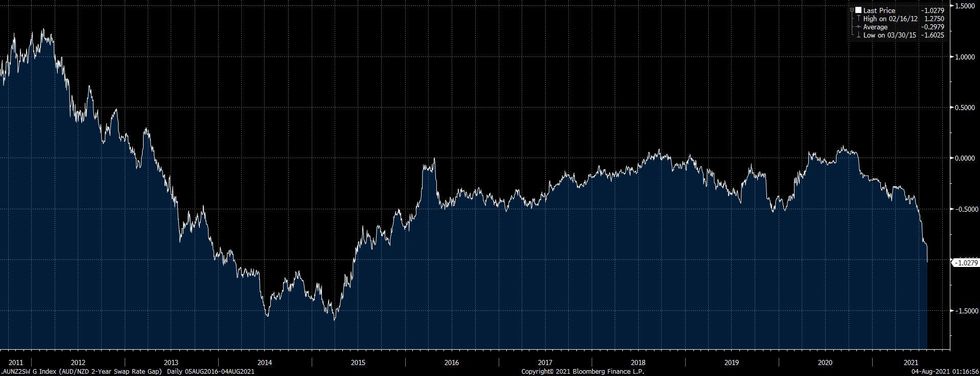-
Policy
Policy
Exclusive interviews with leading policymakers that convey the true policy message that impacts markets.
LATEST FROM POLICY: -
EM Policy
EM Policy
Exclusive interviews with leading policymakers that convey the true policy message that impacts markets.
LATEST FROM EM POLICY: -
G10 Markets
G10 Markets
Real-time insight on key fixed income and fx markets.
Launch MNI Podcasts -
Emerging Markets
Emerging Markets
Real-time insight of emerging markets in CEMEA, Asia and LatAm region
-
Commodities
Commodities
Real-time insight of oil & gas markets
-
Credit
Credit
Real time insight of credit markets
-
Data
-
MNI Research
Actionable insight on monetary policy, balance sheet and inflation with focus on global issuance. Analysis on key political risk impacting the global markets.
-
About Us
To read the full story
Sign up now for free trial access to this content.
Please enter your details below.
Why MNI
MNI is the leading provider
of intelligence and analysis on the Global Fixed Income, Foreign Exchange and Energy markets. We use an innovative combination of real-time analysis, deep fundamental research and journalism to provide unique and actionable insights for traders and investors. Our "All signal, no noise" approach drives an intelligence service that is succinct and timely, which is highly regarded by our time constrained client base.Our Head Office is in London with offices in Chicago, Washington and Beijing, as well as an on the ground presence in other major financial centres across the world.
Real-time Actionable Insight
Get the latest on Central Bank Policy and FX & FI Markets to help inform both your strategic and tactical decision-making.
Free AccessAUD/NZD Weighed On By Tightening Swap Spreads, Implied 2-Week Vol Surges
The psychological barrier at NZ$1.0500 briefly gave way for the first time since early December, as AUD/NZD sank in reaction to New Zealand's Q2 labour market statistics. Subsequent revisions to sell-side RBNZ views added pressure to the pair, which now trades -38 pips at NZ$1.0502.
- AUD/NZD bears look for a clean break below NZ$1.0500, before setting their sights squarely on Dec 1, 2020 low NZ$1.0418, which represents the previous cycle trough. The next layer of support is provided by NZ$1.0396, the 61.8% retracement of the Mar 18, 2020 - Aug 18, 2020 rally. The recent formation of a death cross bodes well for the bearish case. Bulls need to reclaim Jul 29 high of NZ$1.0618 to get some reprieve.
- AUD/NZD implied 2-week volatility (which now covers the next RBNZ MPS) has surged to 5.65%, its highest point in a month.
- All of the "big 4" New Zealand Banks now look for 3x 25bp hikes from the RBNZ during the remainder of '21. That equates to a 25bp hike at each of the remining 3 meetings. The OIS strip currently prices ~67bp of tightening over the same horizon.
- The previously flagged hawkish RBNZ repricing in the wake of the latest NZ labour market data has added fresh tightening pressure to the Australia/New Zealand 2-Year swap spread, resulting in yet another multi-year low for that differential.
Fig. 1: Australia/New Zealand 2-Year Swap Spread (%)
 Source: Bloomberg
Source: Bloomberg
To read the full story
Sign up now for free trial access to this content.
Please enter your details below.
Why MNI
MNI is the leading provider
of intelligence and analysis on the Global Fixed Income, Foreign Exchange and Energy markets. We use an innovative combination of real-time analysis, deep fundamental research and journalism to provide unique and actionable insights for traders and investors. Our "All signal, no noise" approach drives an intelligence service that is succinct and timely, which is highly regarded by our time constrained client base.Our Head Office is in London with offices in Chicago, Washington and Beijing, as well as an on the ground presence in other major financial centres across the world.
